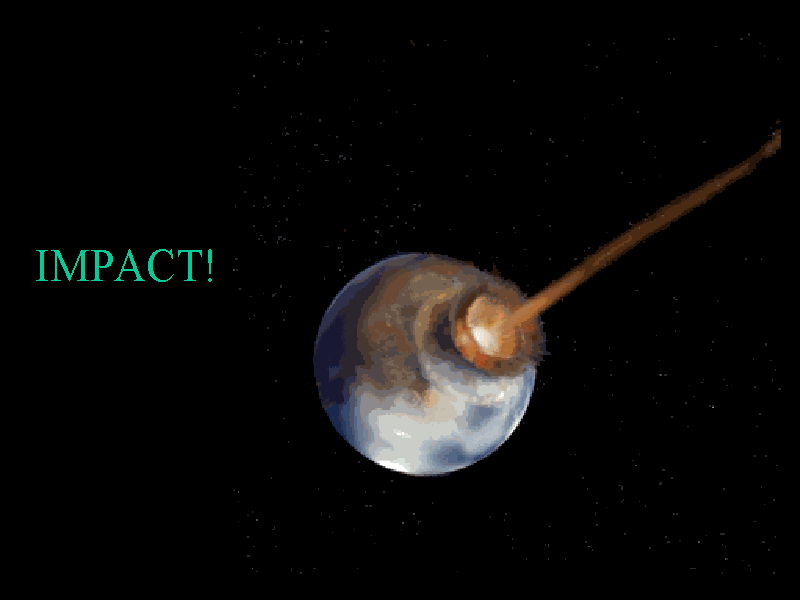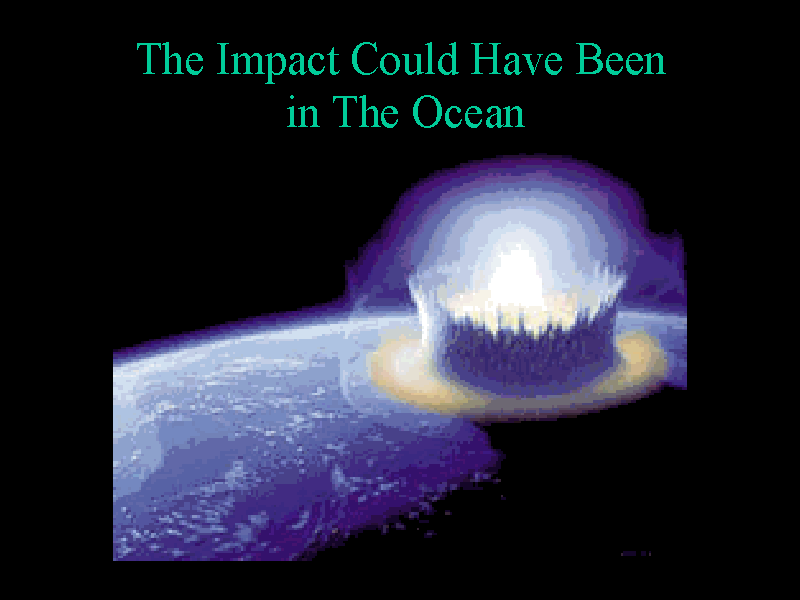
A number of theories have been proposed to explain the extinction of the dinosaurs. These have included theories involving volcanism, the spread of disease through migration, and the idea that dinosaurs were poorly designed and that they simply weren't able to adapt to a changing world (the latter idea seems unlikely given their 150 million plus years of success).






Go to the next section.